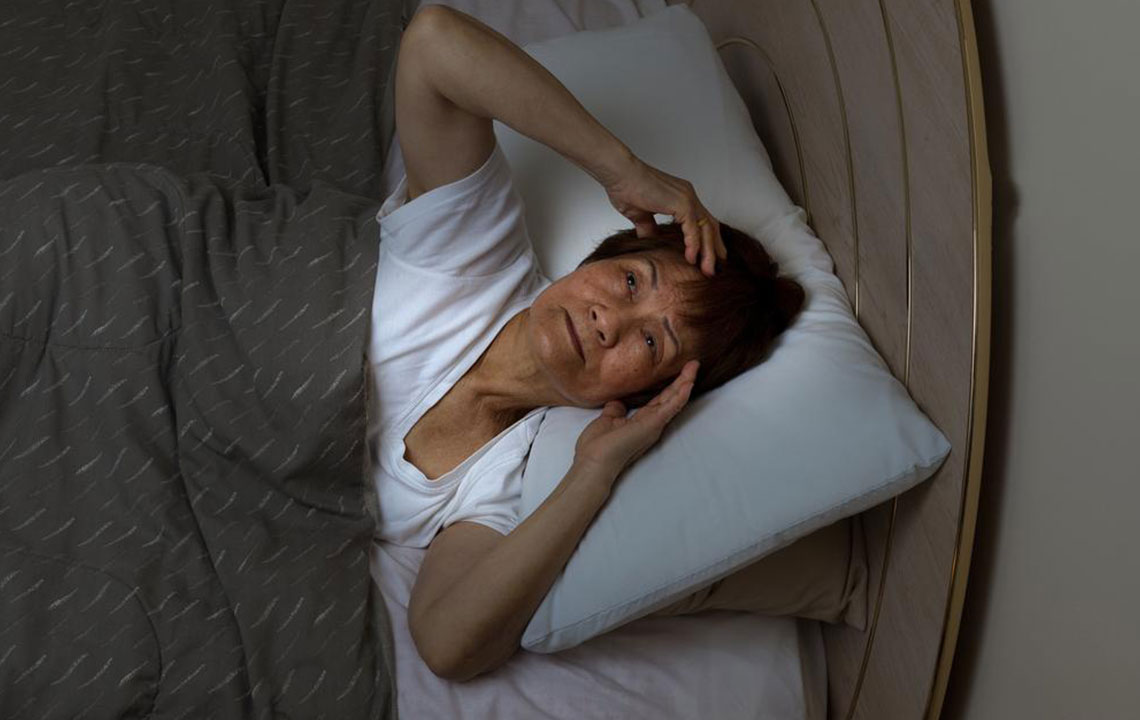Comprehensive Overview of REM Sleep Behavior Disorder: Causes and Treatments
This article provides an in-depth overview of REM sleep behavior disorder, detailing its causes, diagnostic methods, and safety-focused treatment strategies. It emphasizes the importance of professional diagnosis and highlights ongoing research for improved therapies, especially for individuals over 50 affected by neurological conditions. Aimed at educating readers about managing this sleep disorder effectively.

Comprehensive Overview of REM Sleep Behavior Disorder: Causes and Treatments
Sleep conditions number over 17, including teeth grinding, bedwetting, and severe insomnia. This article highlights REM sleep behavior disorder, which occurs when brain pathways fail to suppress muscle activity during REM sleep. Normally, muscles are temporarily paralyzed in this stage, but disruptions can cause movements like kicking or punching, often linked to vivid dreams. Factors such as neurological diseases, certain medications, and age-related degenerative conditions like Parkinson's or Lewy body dementia can contribute, especially in those over 50.
The International Classification of Sleep Disorders offers diagnostic criteria based on symptoms. Diagnosis involves polysomnography, showing increased muscle activity during REM sleep without other mental health issues or medication influence. Safety precautions—like removing dangerous objects and padding furniture—are crucial. Medication options are available, but side effects may include drowsiness or balance concerns. Research continues to seek better treatments.
Note: This article is for informational purposes and should not replace professional medical advice. Always consult healthcare providers for diagnosis and treatment.


